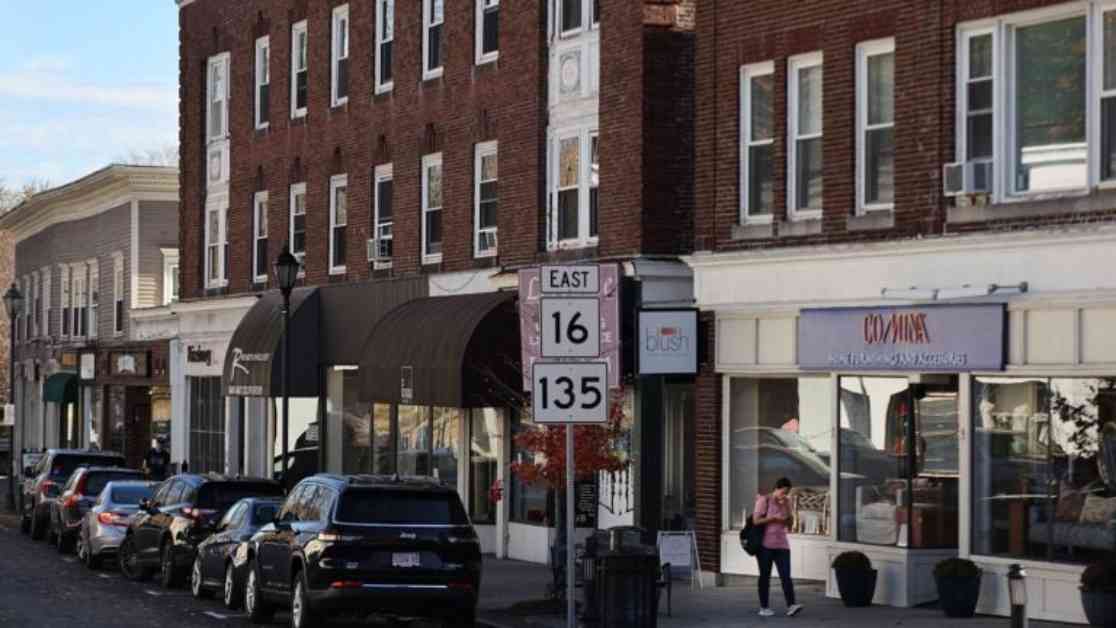Wellesley, a quaint MetroWest community in Massachusetts, has been designated as a housing boomtown, boasting a population of over 30,000 residents. This significant growth of approximately 9.8 percent since 2010 has garnered the attention of financial analysts, including GoBankingRates. But what does it really mean to be a boomtown, and how does Wellesley fit the bill?
Defining a Boomtown
According to GoBankingRates, boomtowns are characterized by sudden growth in population and economic prosperity. This surge in development signifies a shift in the local landscape, attracting new residents and businesses to the area. In the case of Wellesley, this status as a boomtown is not without its challenges, especially when it comes to housing and affordability.
One of the key factors contributing to Wellesley’s boomtown status is its housing market. Despite recent zoning changes that would have potentially increased multifamily housing units in Lower Falls, the town has managed to maintain its charm while accommodating growth. By aligning with the state’s MBTA Communities Act, which emphasizes building housing near transit centers, Wellesley has demonstrated its commitment to sustainable development.
The Cost of Living
Living in Wellesley comes at a price, with monthly costs estimated at $13,472 and a median household income of $250,000. These figures, derived from a comprehensive analysis of census data and living expenses, paint a picture of an affluent community with high property values. The median home value in Wellesley stands at $1.9 million, reflecting a steady increase over the years.
Despite the steep prices, there are still opportunities for those seeking more affordable housing in Wellesley. With a handful of properties listed below $1.2 million, prospective homeowners can find a range of options in this bustling market. By leveraging tools like Wallethub’s mortgage calculator, potential buyers can navigate the complexities of homeownership in Wellesley more effectively.
Boomtowns Across New England
While Wellesley may be leading the charge as a housing boomtown in Massachusetts, other New England cities are also experiencing significant growth. From Bridgeport, Connecticut, to Portland, Maine, and Dover, New Hampshire, these communities are witnessing a surge in population and economic activity. Each city offers a unique blend of affordability, amenities, and quality of life, catering to a diverse range of residents.
In Bridgeport, the median home value of $332,984 reflects the city’s industrial roots and vibrant housing market. Portland’s coastal charm and median home value of $544,385 appeal to those seeking a seaside escape. Meanwhile, Dover’s median home value of $501,905 showcases the city’s growth and development in recent years.
As these boomtowns continue to evolve, it’s essential to consider the broader implications of rapid growth on local communities. By balancing economic prosperity with social equity and environmental sustainability, these cities can create a more inclusive and resilient future for all residents. Whether you’re a prospective homebuyer or a curious observer, the rise of boomtowns in New England offers a fascinating glimpse into the changing landscape of our region.









